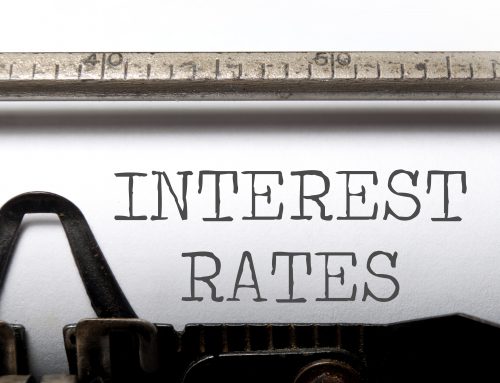With changes coming, we have decided to look at some brief reports on the country housing our biggest expat market for high interest savings.
Spain’s Economic Outlook – September 25, 2018
Following the weakest performance in four years in Q2, with quarter-on-quarter growth weighed by tepid gains in private consumption and a contraction in exports, signs of a slowing economy are becoming more evident. Although the composite PMI rose mildly in August, its average in Q3 will likely be lower than in Q2, pointing to business activity losing pace. Similarly, the economic sentiment index has been on a downward trend since April, reaching its lowest level in over a year and a half in August. Available hard data also paints a similar picture. On a monthly basis, industrial production dipped again in July while retail sales also fell in the same month, hinting at soft consumer spending dynamics. In the political arena, Prime Minister Pedro Sánchez’s minority government is reaching out to other parties to garner enough support to approve the 2019 budget and thus increase his chances of governing until the next general election to be held by July 2020.
Spain Economic Growth
After outstanding growth in the last three years, the economy is expected to lose steam this year and next. Private consumption growth is seen weakening as inflationary pressures bite into households’ real disposable incomes. Furthermore, the tourism industry seems to be finally cooling, which will be of concern considering it has been a vital tailwind sustaining the economic recovery and a major source of employment growth in recent years. Higher oil prices, which could raise the import bill, and the normalization of ECB monetary policy, which could increase borrowing costs for the government, are also the main external headwinds ahead. Focus Economics panellists project growth of 2.7% in 2018 and 2.3% in 2019, unchanged from last month’s estimate.














